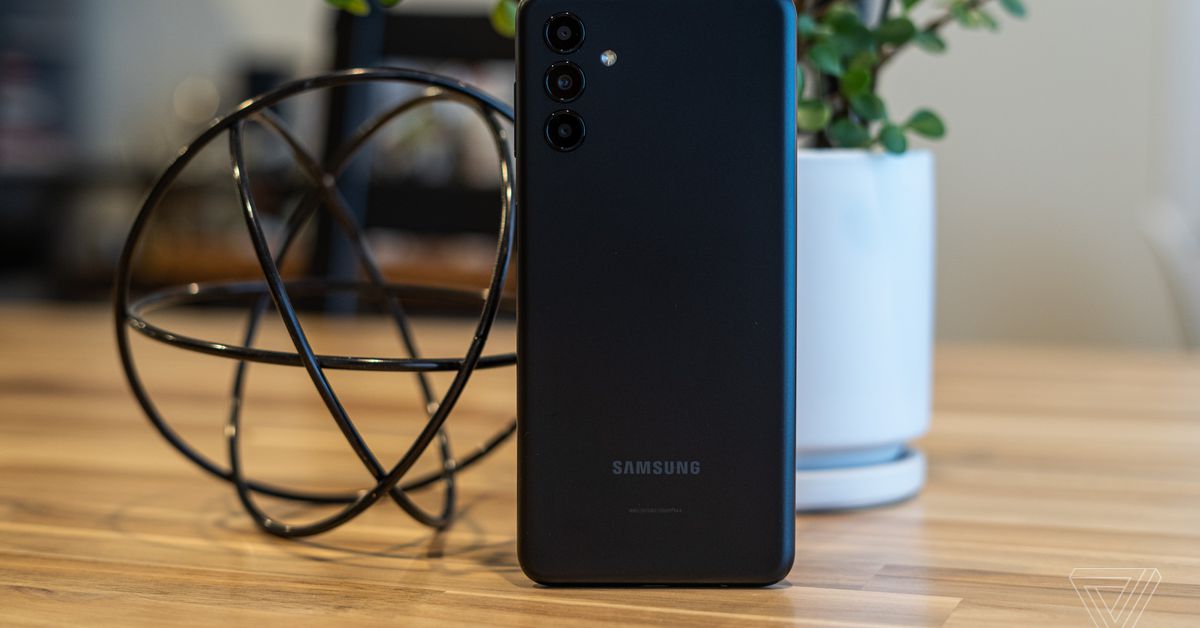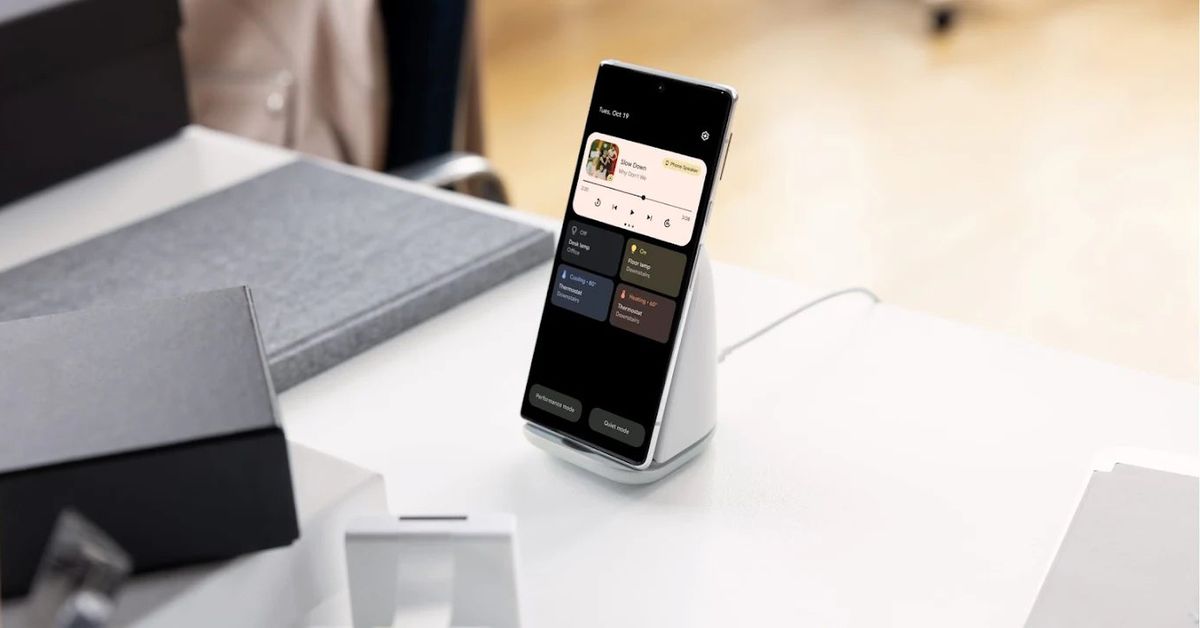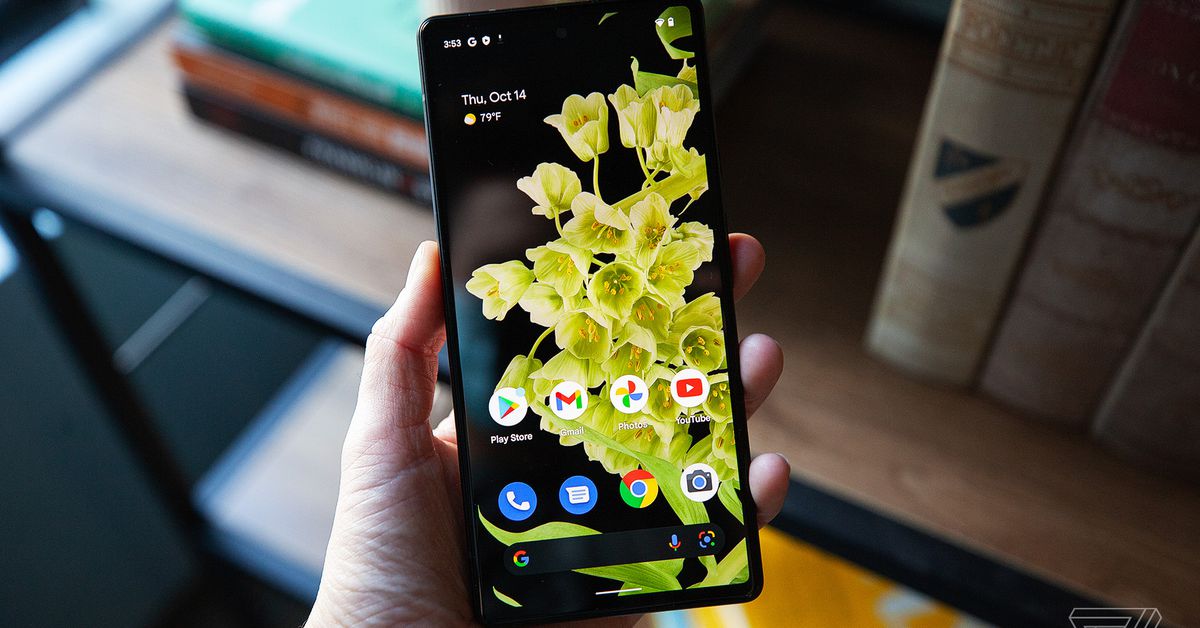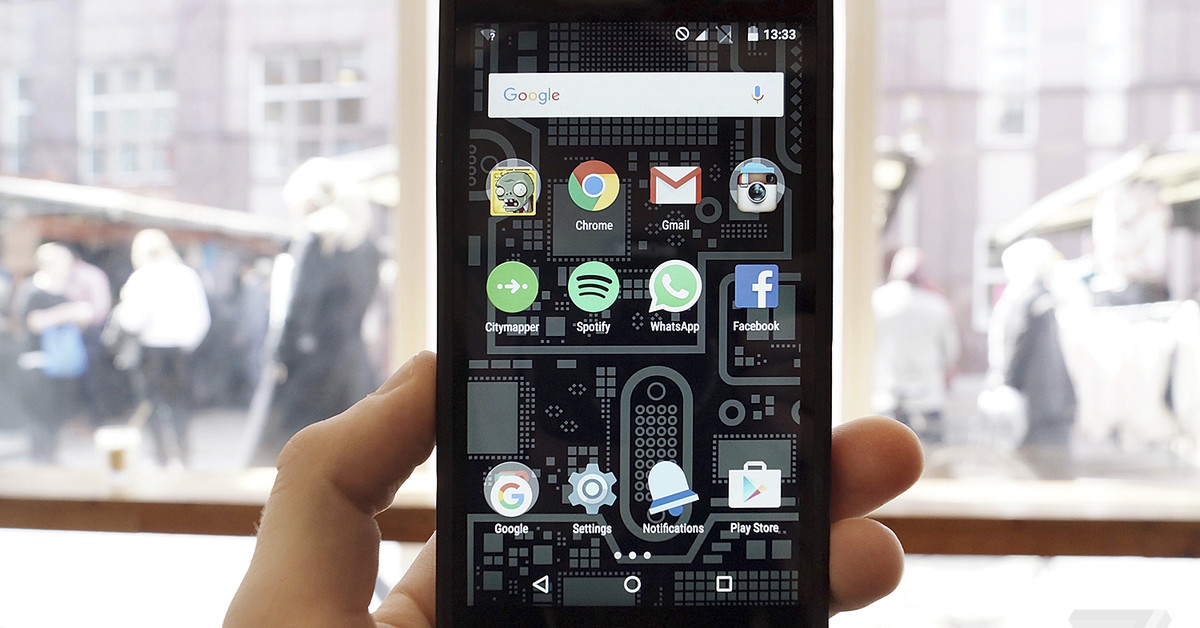Samsung Galaxy A13 5G review: functional, no-frills 5G

The Galaxy A13 5G doesn’t offer much in the way of surprises, good or bad. For $249, it’s a reliable device with good performance, healthy battery life, and a decent camera. None of this comes as a surprise because Samsung makes a lot of these kinds of phones, and it’s something the company is very good at.
The phone launched in the US as an AT&T exclusive; now, you can buy it unlocked or through T-Mobile, too. But that initial carrier relationship plays into what might be the most compelling reason to look at the A13 5G right now: it’s certified to use AT&T’s newly enabled C-band spectrum. This is the variety of 5G that promises faster-than-4G speeds and good signal reach — a combination that some US 5G networks have been lacking until now. The list of C-band enabled devices at the network’s launch was short and dominated by pricey flagships, with the exception of the Galaxy A13 5G.
Our review of
Samsung Galaxy A13 5G
Verge Score
6 out of 10
Good Stuff
- 5G connectivity, including C-band on AT&T
- Good battery life
- Healthy overall performance
Bad Stuff
- Low-res screen
- Basic camera setup
- Only 64GB built-in storage
Buy for $249.99 from Samsung
Buy for $249.99 from AT&T
Buy for $249.99 from Best Buy
More phones at a range of price points will join the C-band club this year, but for now, the A13 5G offers the lowest price of admission if you’re on AT&T. That’s not a good reason in itself to buy the A13 5G, especially since AT&T’s C-band launch is limited to just eight US cities, and rollout will be slow, but it’s a point in the A13’s favor if you’re already considering it.
The Galaxy A13 5G features a 6.5-inch 720p screen — a low resolution for a relatively big display. It’s an LCD panel, too, which is common in the under-$300 class and looks a little washed out compared to the richer OLED displays you’ll find on midrange phones like the Galaxy A52 5G. It does feature up to a 90Hz refresh rate, which makes scrolling and animations look a little smoother than the standard 60Hz. But overall, the poor resolution and low contrast mean the screen isn’t one of the A13 5G’s strengths.
You may need to factor an extra $10–20 for a microSD card into your purchase
The MediaTek 700 5G chipset and its 4GB of RAM are, however, strong points. For a phone at this price, it handles daily tasks very well, letting me jump quickly between apps and isn’t prone to closing apps in the background overzealously. It stutters a little with more intensive tasks like zooming / scrolling around Google maps or Zillow, but overall, the A13 kept up with everything I asked it to do in my day-to-day.
The A13 5G includes just 64GB of built-in storage. That’s not uncommon in the budget class and is enough to get by if you’re very careful with your cloud storage options and downloads, but it’s not a lot. You may need to factor an extra $10–20 for a microSD card into your purchase.
There’s a fingerprint sensor embedded in the power button on the side of the phone, and it’s very fast — so fast I actually double-checked that the phone was actually locking correctly (it was). It’s not as sleek as the in-display readers on high-end phones, but it actually feels more reliable and easier to use. Long live the side-mounted fingerprint reader, I say.
Battery life is another one of the A13’s strong points. The phone’s 5,000mAh cell lasted me a couple of days of moderate use on Wi-Fi; a heavy user would likely get through a full day and then some.
The A13 5G’s camera setup is basic: there’s a 50-megapixel main camera with f/1.8 lens joined by 2-megapixel macro and depth sensors. Those 2-megapixel cameras are mostly useless, so you’re really just working with the standard wide-angle rear camera and a 5-megapixel selfie camera. There’s no ultrawide — you’d need to step up to the A32 5G in Samsung’s lineup for that — and there’s no night mode in the camera app.
Photos in bright daylight look fine, and even moderately low light images look good enough for social media, though images in very low light are a smudgy mess of noise reduction. The live preview in the camera app as you’re taking photos looks horribly washed out, but the final product almost always looks much better. This makes it hard to know what you’re getting exactly, so you just have to trust the A13’s camera to do its thing.
The Galaxy A13 5G is a fine budget device that makes sense for those who are more concerned with day-to-day performance and long battery life than a high-quality screen or a versatile camera. If you’re on a strict budget and you’re an AT&T customer, those are two more reasons to consider the A13. The carrier’s C-band 5G is limited to just a few markets now, but the phone will be supported with three years of security updates and two years of OS upgrades — long enough to see the network expand to more major cities.
If you’re on a strict budget and you’re an AT&T customer, those are two more reasons to consider the A13
If any of the above criteria doesn’t apply to you, then there are better options available for the same cost — even less! The $239 OnePlus N200 5G is a great choice if you’re on T-Mobile — it offers comparable performance and a nicer screen for $10 less than the A13’s retail price. The N200 doesn’t work on AT&T or Verizon’s 5G networks, so it’s a 4G-only phone if you’re with one of those carriers — not a bad deal for the price, but you’ll miss out on the better 5G speeds coming over the next couple of years.
As of this writing, the Motorola Moto G Stylus 5G has come down in price to $249 if you buy through AT&T (from $399), offering a better screen and equally healthy battery life. It’s not currently certified for AT&T C-band, but it’s a good buy if you’re outside of one of those eight launch cities anyway.
If those alternatives don’t appeal, then the A13 5G will serve you fine — it’s a reliable device for well under $300 that’s fully prepared for the next generation of wireless technology, with no unpleasant (or pleasant) surprises included.
Photography by Allison Johnson / The Verge
Agree to continue: Samsung Galaxy A13 5G
Every smart device now requires you to agree to a series of terms and conditions before you can use it — contracts that no one actually reads. It’s impossible for us to read and analyze every single one of these agreements. But we started counting exactly how many times you have to hit “agree” to use devices when we review them since these are agreements most people don’t read and definitely can’t negotiate.
To use the Samsung Galaxy A13 5G, you must agree to:
- Samsung’s Terms and conditions
- Samsung’s Privacy Policy
- Google Terms of Service (including Privacy Policy)
- Google Play Terms of Service
- Automatic installs (including from Google, Samsung, and your carrier)
The following agreements are optional:
- Back up to Google Drive: “Your backup includes apps, app data, call history, contacts, device settings (including Wi-Fi passwords and permissions), and SMS.”
- Use location: “Google may collect location data periodically and use this data in an anonymous way to improve location accuracy and location-based services.”
- Allow scanning: “Allow apps and services to scan for Wi-Fi networks and nearby devices at any time, even when Wi-Fi or Bluetooth is off.”
- Send usage and diagnostic data: “Help improve your Android device experience by automatically sending diagnostic, device and app usage data to Google.”
Additionally, for Google Assistant, there’s an option to agree to access the assistant with “Hey Google.” “If you agree, Google Assistant will wait in standby mode to detect ‘Hey Google.’”
Final tally: there are five mandatory agreements and at least four optional ones.






